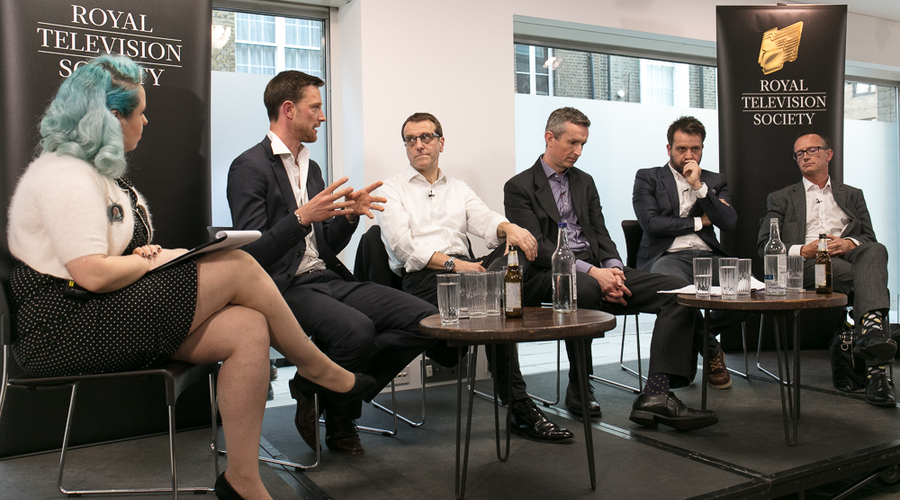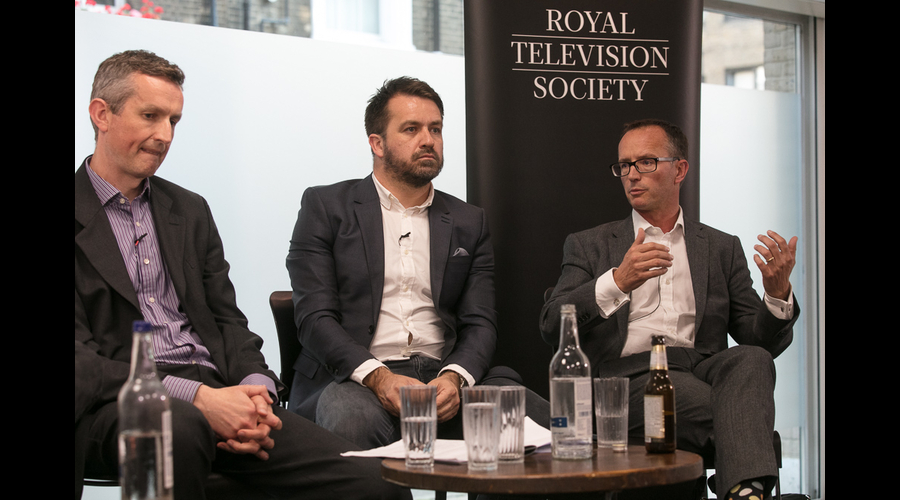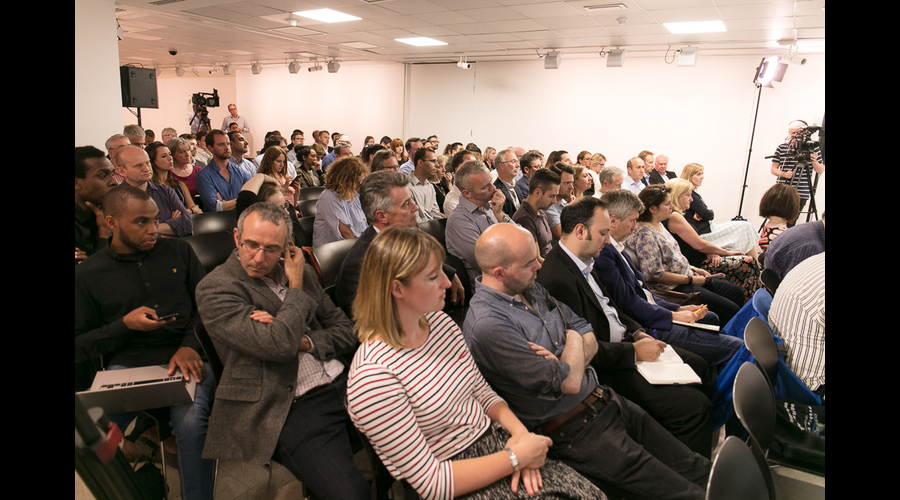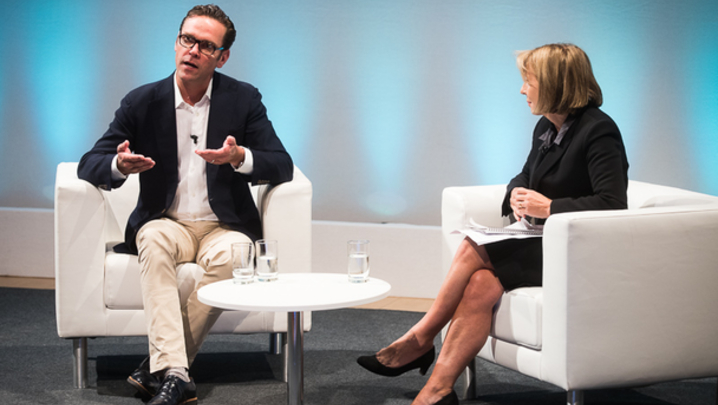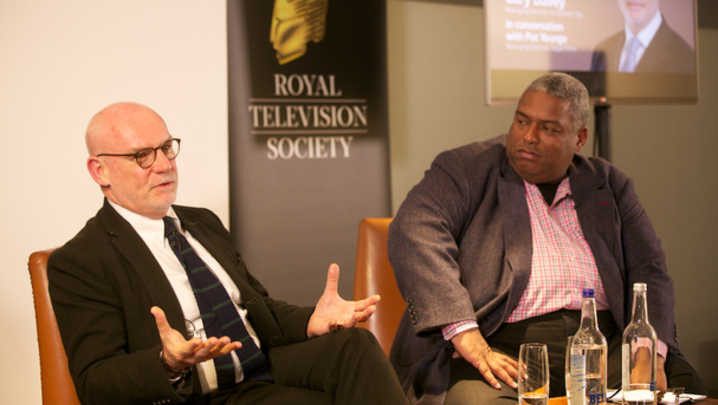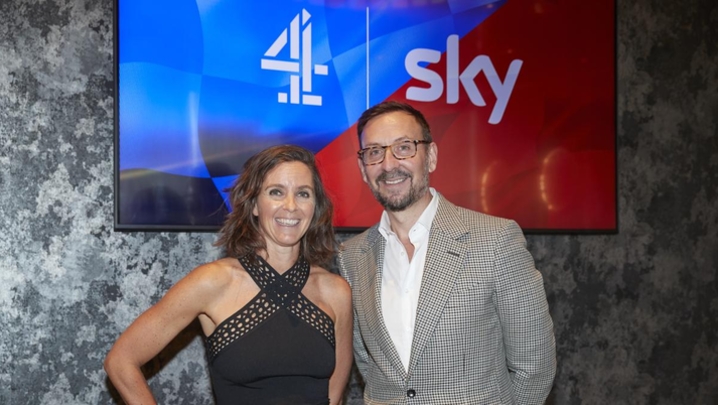Targeted – or addressable – advertising is on the increase. Sky and Channel 4 are leading the way but there are challenges to overcome before TV ads aimed at individuals are commonplace.
That was one of the main conclusions from an RTS early evening event, Is targeted advertising the future of TV?
A capacity crowd heard how the arrival of streaming services headed by Netflix and Amazon Prime plus the challenge from Facebook and Google are changing the dynamics of TV advertising.
Catch-up TV and the traditional broadcasters' own on-demand offerings are also driving change.
All this is posing problems for audience measurement, the bedrock of TV advertising for more than half a century.
“People are watching and paying for TV in a lot of different ways. In the context of advertising this makes it very hard to track and compare what people are doing,” said Simon Cook, product and business development director at YouView.
However, as Nationwide’s Chris Ladd, senior manager, advertising, media & campaign management, pointed out that in the UK, ITV, Channel 4, Channel 5 and Sky remain the biggest providers of content.
But he noted that in the US half of all households have subscriptions to Amazon Prime, according to some estimates.
“At some time that could pose a threat to the UK,” said Ladd. “But for now it’s the main broadcasters that most advertisers are looking at because they provide huge audiences and those water cooler moments.
“That’s the magic of television and it’s those brands that still produce the best content.”
Consumer behaviour was changing fundamentally, said Jonathan Lewis, Channel 4’s head of digital and partnership innovation.
This was especially true of younger viewers. Collectively the number of subscribers to Netflix, Amazon and Now TV – owned by Sky - was approximately the same size as the total number of Sky subscribers, he said.
“Netflix now has a greater weekly reach among 16-24 year-olds than the BBC iPlayer,” he added. “Our job as broadcasters and platform operators is to meet that challenge and compete.”
Sky’s Jamie West, deputy managing director & group director of advanced advertising, said British perceptions of these changes should not be exaggerated by the experience of the US TV market, where traditional networks face intense competition.
Across the Atlantic ad breaks are more than double the length of those in Britain, he noted.
“In the UK we’ve got more choice, better content, better ad breaks. When people talk about the death of TV it’s biased to the US market. There the market is slightly broken.”
But Ladd reminded the audience and his fellow panellists of “the big threat” to UK content from Amazon, Facebook, Apple and Google.
“The amount of money those guys are sitting on is phenomenal. At any point they could come in and completely disrupt the UK market,” he warned.
“In the blink of an eye they could buy ITV with small change. That would fundamentally change the content that is produced in this country.”
Sky and Channel 4 have both launched targeted advertising propositions to help address the threat from competition and to increase revenues.
Sky’s AdSmart made its debut three and a half years ago. The satellite TV company said the aim was “to make TV more relevant to more brands.”
Also, to give advertisers more options and flexibility. “Instead of being the domain of the big, the broad and the rich brands, it gives us the opportunity to talk to highly targeted advertisers and to local or regional audiences,” West explained.
“The breadth of advertisers on TV has never been greater. With two-thirds of advertisers being new to TV or new to Sky we’re really growing.”
YouView’s Cook implied that for targeted advertising to make its mark across a range of broadcasters and platforms it was essential to have a new, bullet-proof audience measurement system.
“We’re coming from a world where everyone knows the currency for BARB linear advertising yet in the VoD world everyone has got their own, separate approach,” he said.
Advertisers saw the benefits of addressable advertising but buying it was still too complex.
Each competing platform and broadcaster provides their own version, argued Cook. This makes effectiveness hard to assess.
“A standardisation of approach around measurement” was essential.
More work needed to be done on how, for instance, people consumed advertising on mobile devices compared with, say, a Sky box.
“You’ve got to make it simple for the advertisers,” stressed Cook.
Lewis acknowledged that for a lot of people addressable advertising was confusing.
The targeted advertising currently available on linear TV was restricted to Sky, but targeted advertising on VoD platforms was more widely available.
“Agencies and advertisers are buying segmented audiences across a number of different video publishers,” said the Channel 4 executive.
“Addressable linear TV is relatively nascent and there is only one broadcaster – i.e. Sky – operating in that space at the moment.”
Media agency, GroupM’s Rich Astley, chief product officer, addressable TV, said the challenges tended to be more commercial than technical.
Nevertheless, set top boxes were not always sophisticated enough to insert targeted online ads in real time.
Until this changed, big advertisers would remain reluctant to use targeted advertising across multiple platforms and multiple broadcasters.
Ladd praised Sky for bringing new advertisers to TV and for breaking “the closed shop” once enjoyed by the terrestrial channels.
Also, there is “the tempting possibility of matching our customer data with Sky’s or Channel 4’s” via targeted advertising.
Additionally, there were a lot more regional opportunities for advertisers in a market once utterly dominated by London.
But there were difficulties too, suggested the Nationwide man.
More advertisers ran the risk of lowering viewer engagement and lowering the experience of watching an ad.
“I’d argue that creatively TV advertising is perhaps not as interesting as it was ten or 15 years ago,” Ladd said.
Sky’s West, however, pointed out that during breaks containing a targeted ad – including regional advertisers selling luxury cars - channel switching declined by 33%.
“That means more relevant ads mean more engaged audiences,” he insisted.
Lewis said that All 4, Channel 4’s catch-up platform, represented about 10% of the broadcaster’s revenue.
Seventy five per cent of this comes from targeted advertising based on data obtained from Channel 4’s registered users of around 15 million people.
They provide details that can then be targeted against and so provide effective advertising based on audience interests.
Successful campaigns have included those for a Burberry fragrance where the individual’s name was monogrammed on the bottle.
Is targeted advertising the future of TV? was an RTS Early Evening Event, held at the Hospital Club in Covent Garden, London, on May 24. The chair was Anna Dobbie, reporter at M&M Global. The producer was Vicky Fairclough, communications director at GroupM. A full report will be published in the June edition of Television.

